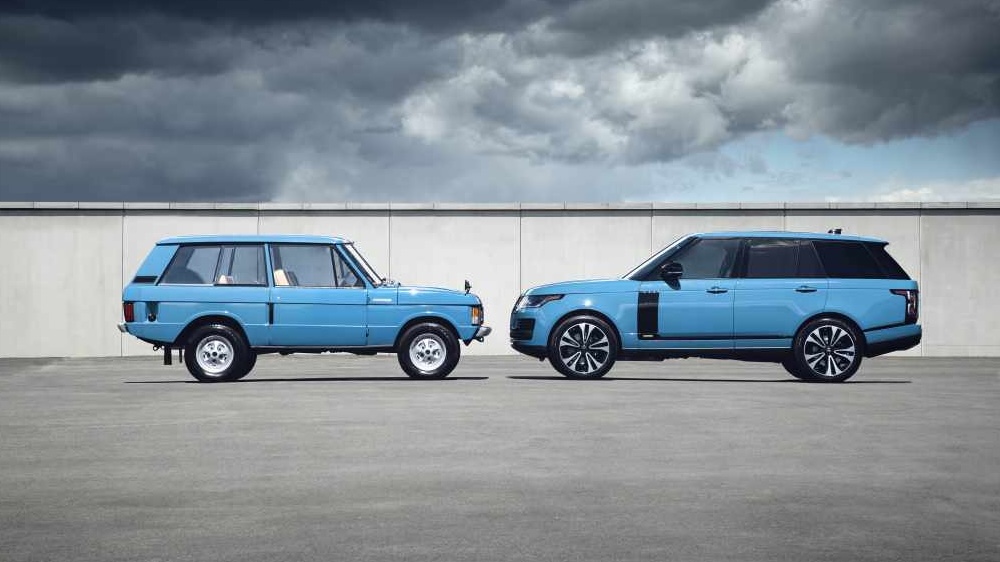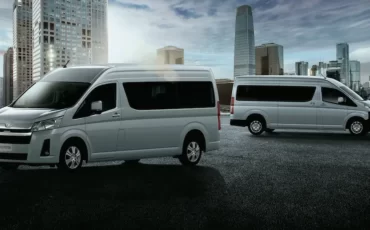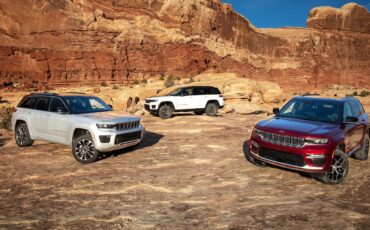It is an SUV that pioneered the luxury off-road SUV segment. In production since 1970, the Land Rover Range Rover was initially designed as a larger and more luxurious version of the Land Rover Series I.
The iconic British luxury SUV has been a staple of the elite with countless celebrities and wealthy people owning one more of them. Over the decades, it has evolved through five distinct generations. In this DubiCars Car Spotlight article, we take a look at the Land Rover Range Rover, its history & generations.
Origins Of The Range Rover
In 1878, British car manufacturer Rover Company was established. The company produced motorcycles, bicycles, and cars. During the Second World War, it even started producing gas turbines to help in the war effort. However, its true success would come after the war ended.
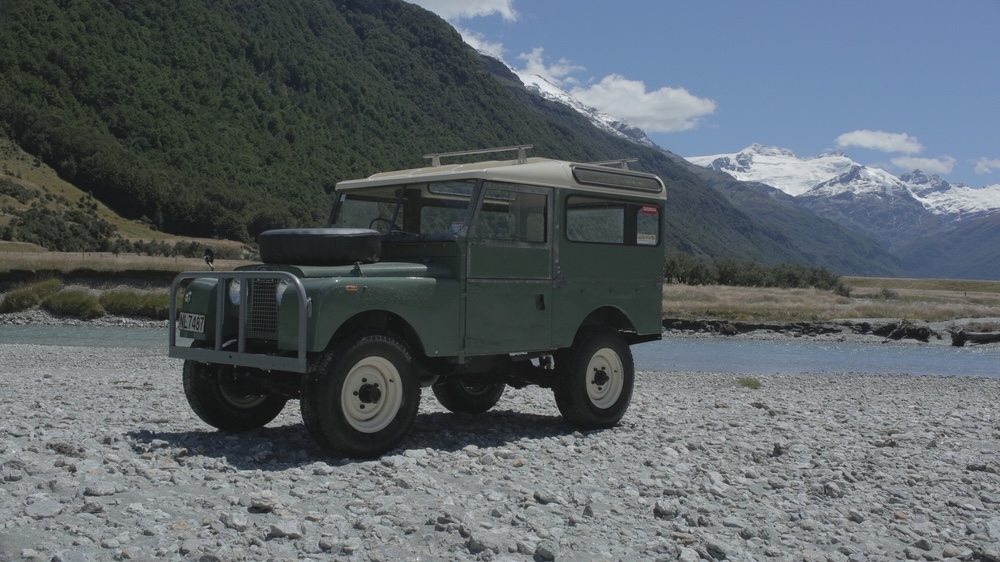
The Land Rover Series I was launched in 1948 as a go-anywhere rugged utility vehicle with 4WD. This bare basics vehicle would over the years evolve into the mighty Land Rover Defender. The Rover Company decided to produce a larger and more luxurious version that would eventually be named Range Rover. Thus, the Land Rover Series I also spawned the Range Rover.
First Generation | 1970 – 1996
The first-generation Range Rover, often referred to as the “Classic,” made its debut in 1970. Conceived as a more luxurious alternative to traditional off-road vehicles, it combined rugged capability with refined comfort. The boxy silhouette and clamshell bonnet characterised its design. Despite its large size, it remained a 3-door SUV until 1981.
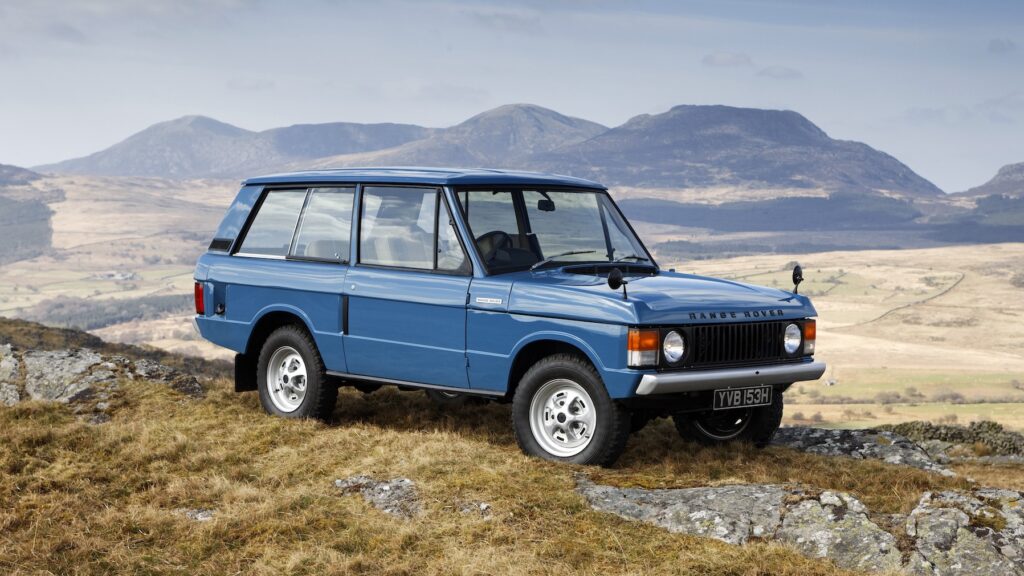
Underneath its utilitarian exterior, the Range Rover featured advanced engineering, including an advanced yet rugged four-wheel drive system and pioneering coil-spring suspension. This bestowed it with exceptional off-road prowess without compromising on-road comfort. It quickly gained popularity among both urban elites and outdoor enthusiasts.
Throughout its 24-year production span, the first-generation Range Rover underwent several updates and improvements, including the introduction of fuel injection, automatic transmission, and electronic traction control. Petrol-powered versions used the Rover V8 with capacities ranging from 3.5-litres to 4.2-litres. Diesel versions used 2.5-litre inline-4 engines.
Second Generation | 1994 – 2001
In 1967, Leyland Motor Corporation took over the Rover Company and in 1978, the Land Rover brand was created. In 1994, the Land Rover brand was sold to BMW. Therefore, BMW had a small role to play in the development of the second generation of the Range Rover.

In 1994, Land Rover introduced the second generation of the Range Rover with the model code P38A. This iteration aimed to refine and modernize the iconic SUV while retaining its off-road capabilities and luxurious appeal. The second-generation Range Rover featured a more aerodynamic design, with smoother lines and updated styling elements.
Inside, it offered improved comfort and convenience features, including a new air suspension system, and enhanced safety technologies. Under the bonnet, the Range Rover received updated engines, including a new Rover V8 available in both 4.0-litre and 4.6-litre capacities. The old inline-4 diesel engines were discontinued and it now used BMW’s 2.5-litre inline-6 diesel.
Third Generation | 2001 – 2012
BMW and Land Rover worked on the development of an all-new Range Rover. However, the Ford Motor Company bought the Land Rover marque in 2000 just before this generation’s launch. A year later, In 2001, Land Rover unveiled the third generation of the Range Rover, marking a significant leap forward in terms of luxury, technology, and performance.

The third-generation Range Rover featured a more refined and sophisticated design. The SUV also grew larger in size. Premium materials, including leather upholstery, wood trim, and state-of-the-art infotainment systems adorned the cabin.
Technological advancements played a crucial role in the third-generation Range Rover’s appeal. It introduced innovations such as adjustable air suspension, adaptive cruise control, and terrain response systems, enhancing both on-road comfort and off-road performance.
Land Rover used Jaguar’s 5.0-litre V8 to replace the obsolete Rover V8. The brand offered both NA & supercharged versions of this engine. In addition, BMW’s 4.4-litre V8 was on offer. Diesel variants were powered by either a 2.9-litre BMW V6 or Ford’s 3.6-litre and 4.4-litre V8 engines.
Fourth Generation | 2012 – 2022
At the 2012 Paris Motor Show, Land Rover unveiled the fourth generation of the Range Rover. It was a revolutionary leap forward in terms of design, engineering, and innovation. This iteration, codenamed L405, featured a sleek and aerodynamic design and set a new standard for luxury SUVs, with refined lines and contemporary styling cues.
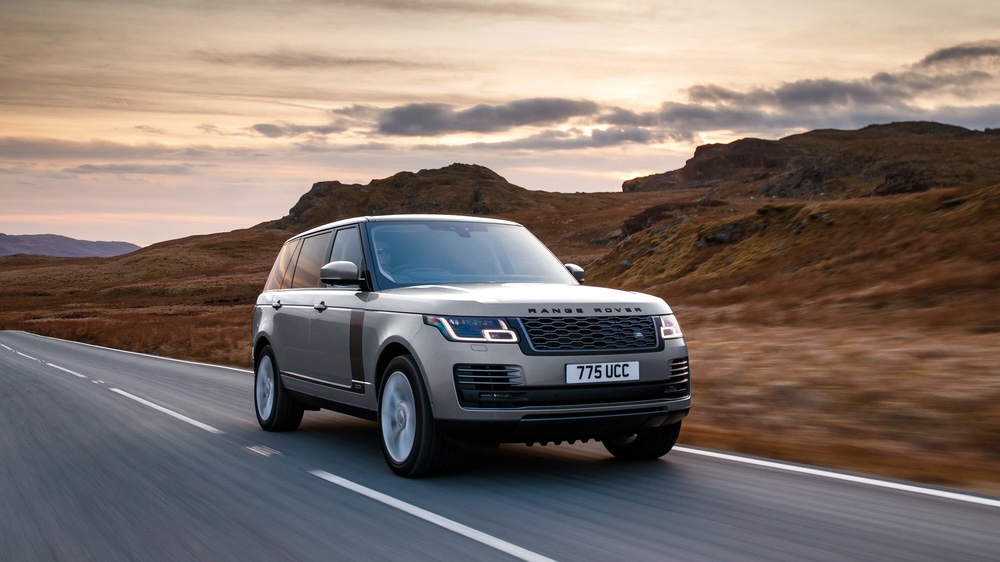
The fourth-generation Range Rover featured a lightweight aluminum monocoque chassis which was a first for a 4×4 SUV. This reduced the body shell weight by almost 39 percent while improving agility without compromising strength or durability. Inside, the cabin offered a sanctuary of comfort and refinement, with exquisite craftsmanship and advanced technology throughout.
It featured luxurious seating options and cutting-edge infotainment systems. Its 19-speaker Meridian audio system was among the best in the world. Land Rover further improved the 5.0-litre V8 under the bonnet. It also came with brand new inline-4, V6 & inline-6 engines in turbo and hybrid guises. All engines used an 8-speed automatic transmission. Its advanced suspension systems and terrain response technologies ensured unmatched capability
Fifth Generation | 2022 – Present
In 2022, Land Rover introduced the fifth generation of the Range Rover, embracing the challenges of a rapidly evolving automotive landscape. This iteration represents the most advanced and luxurious Range Rover ever produced, setting new standards for luxury, sustainability, and technology.
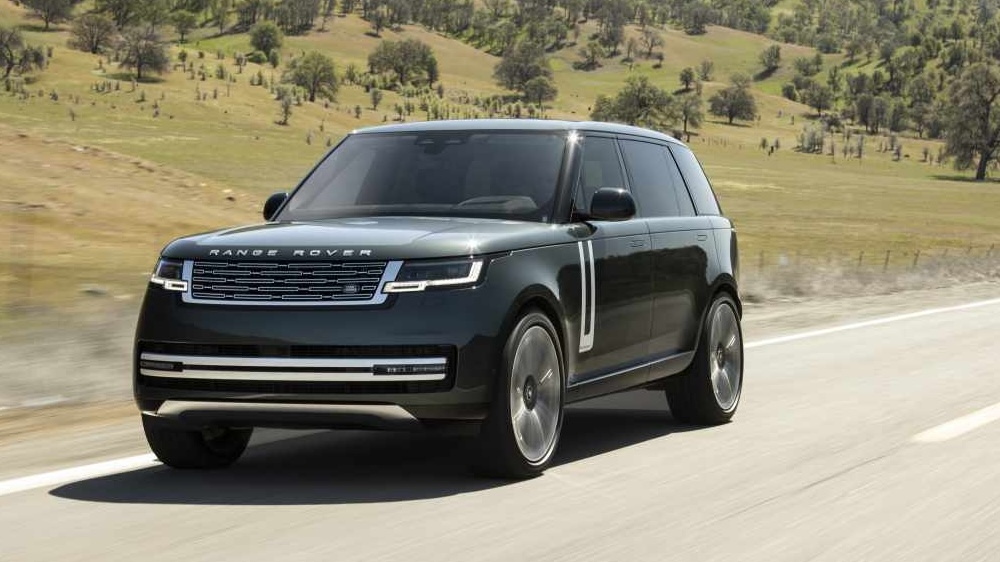
The fifth-generation Range Rover features a bold and distinctive design, with sleek lines, sculpted surfaces, and striking proportions. Its all-new architecture provides enhanced flexibility and capability, allowing for electrification and advanced driver-assistance systems.
Inside, the cabin offers an unprecedented level of luxury and refinement, with exquisite materials, state-of-the-art technology, and unparalleled comfort features. The fifth-gen Range Rover offers a range of electrified powertrains, including mild-hybrid, plug-in hybrid, and all-electric options.
Despite the new environment-friendly powertrain options the Range Rover also caters to enthusiasts with an improved version of the BMW 4.4-litre V8 engine.
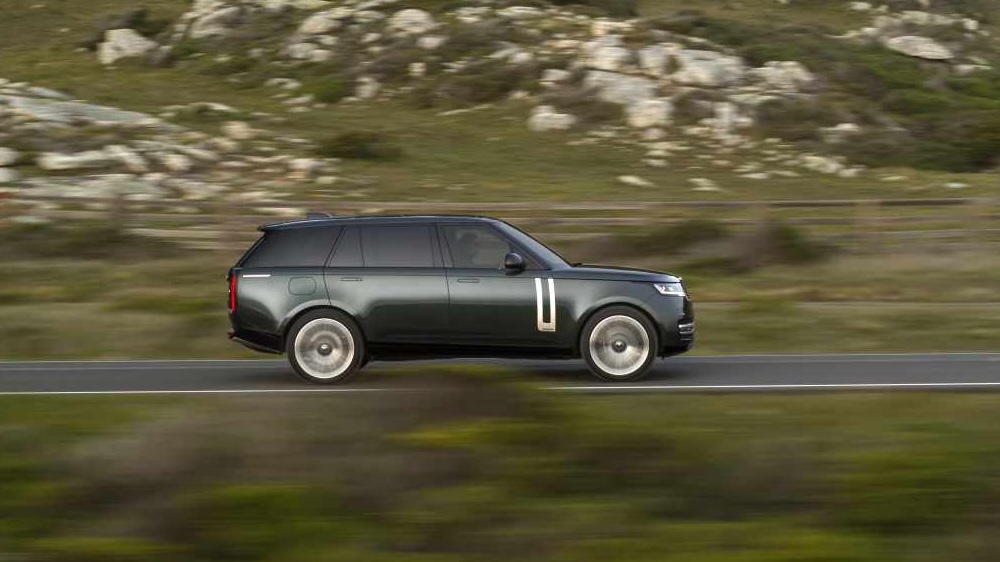
Most Popular Range Rover Generations In The UAE
The fourth and fifth generations of the Land Rover Range Rover are, without doubt, the most popular generations of the luxury SUV in the UAE. The newer models have replaced the second and third generations that used to be popular a decade or two ago. Classic car enthusiasts on the other hand prefer the first generation for its old-school charm.
Range Rover Prices In The UAE
A brand-new Fifth Gen Range Rover costs between AED 486,000 and AED 685,000 depending on the variant and the exclusivity of the customisation on it. Looking into the back catalogue though, brings prices down considerably. The first-generation Range Rover costs between AED 75,000 and AED 149,000 because as a classic car, it has gained value.
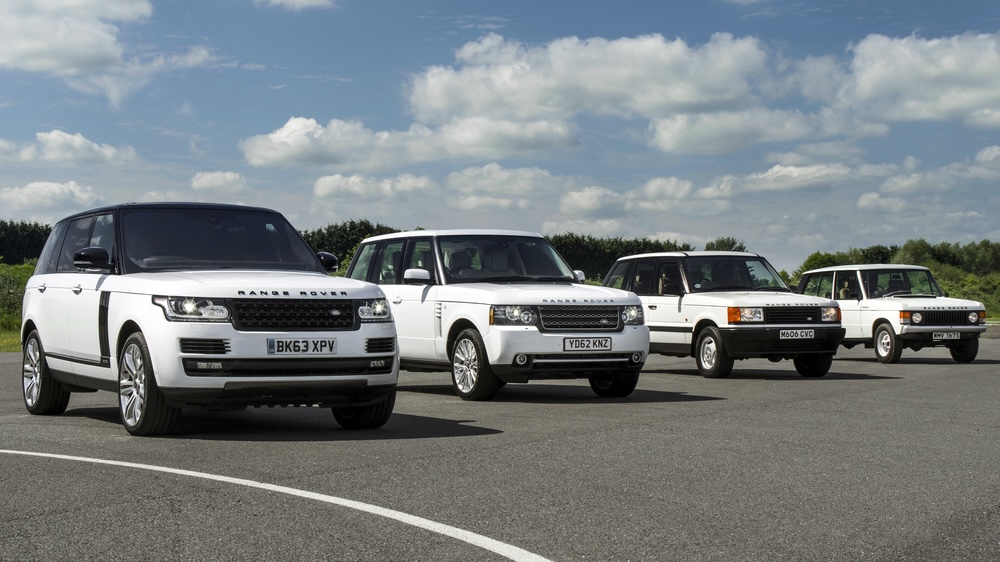
Prices for the third-generation Range Rover range between AED 24,500 and AED 69,000. The fourth generation costs between AED 142,995 and AED 486,000.
Find new Range Rover for sale in the UAE & used Range Rover for sale in the UAE.
Subscribe to DubiCars’ WhatsApp Channel for the latest automotive news, guides, polls, and informative infographics.
Also Read:
– Dubai Traffic Fines: A Detailed List Of Offences & Fines
– Mercedes-Benz E-Class History, Generations & More
– Ralph Debbas: The Man Behind The UAE’s First Hypercar

